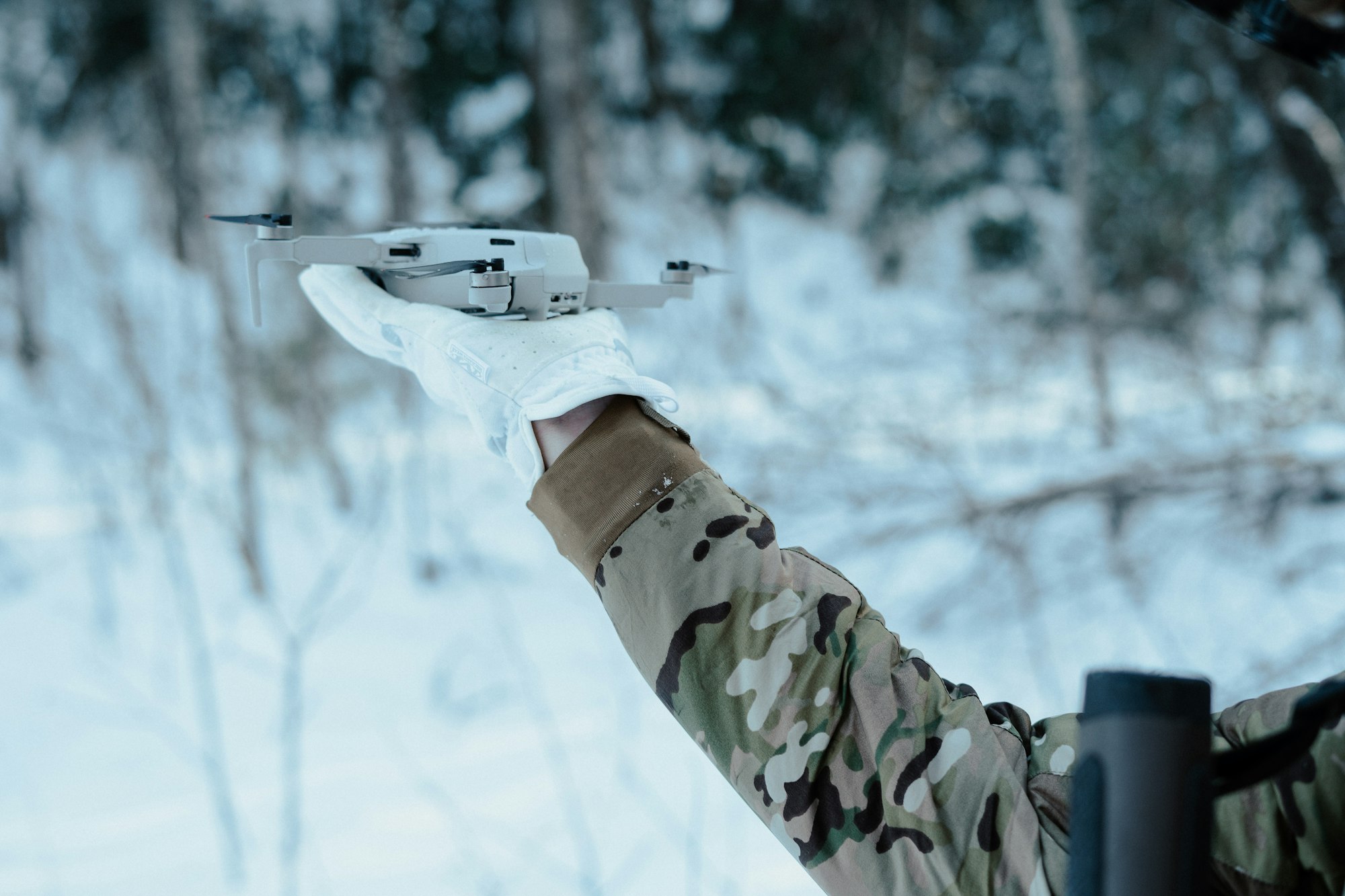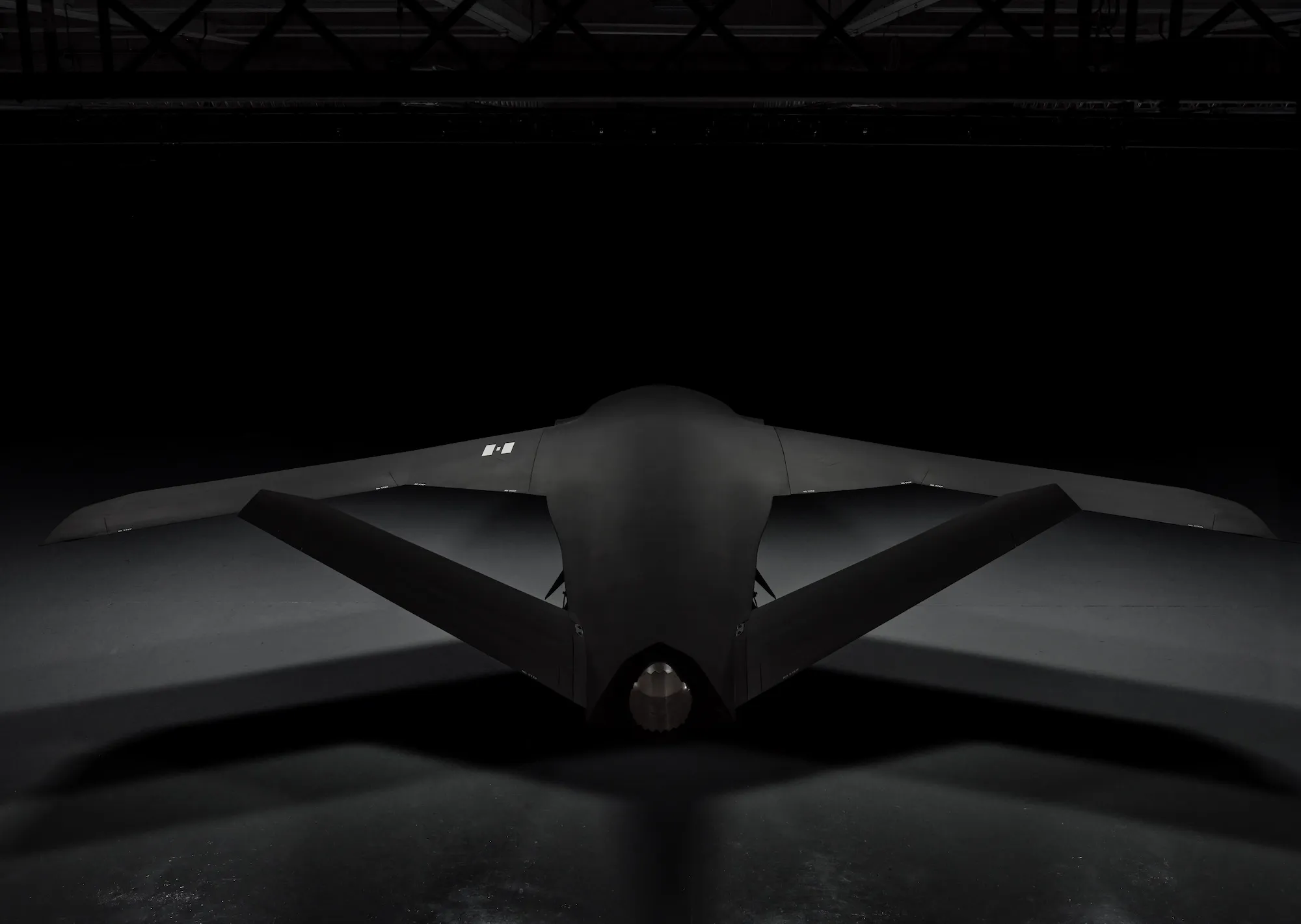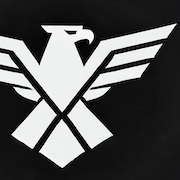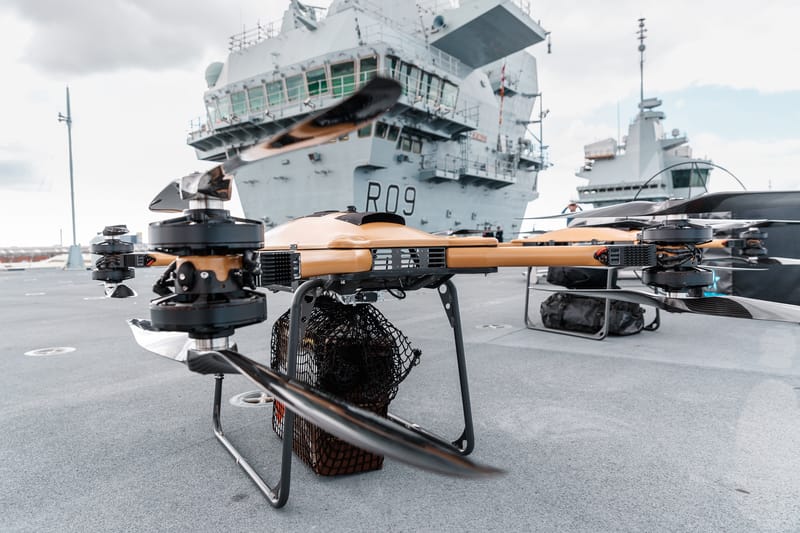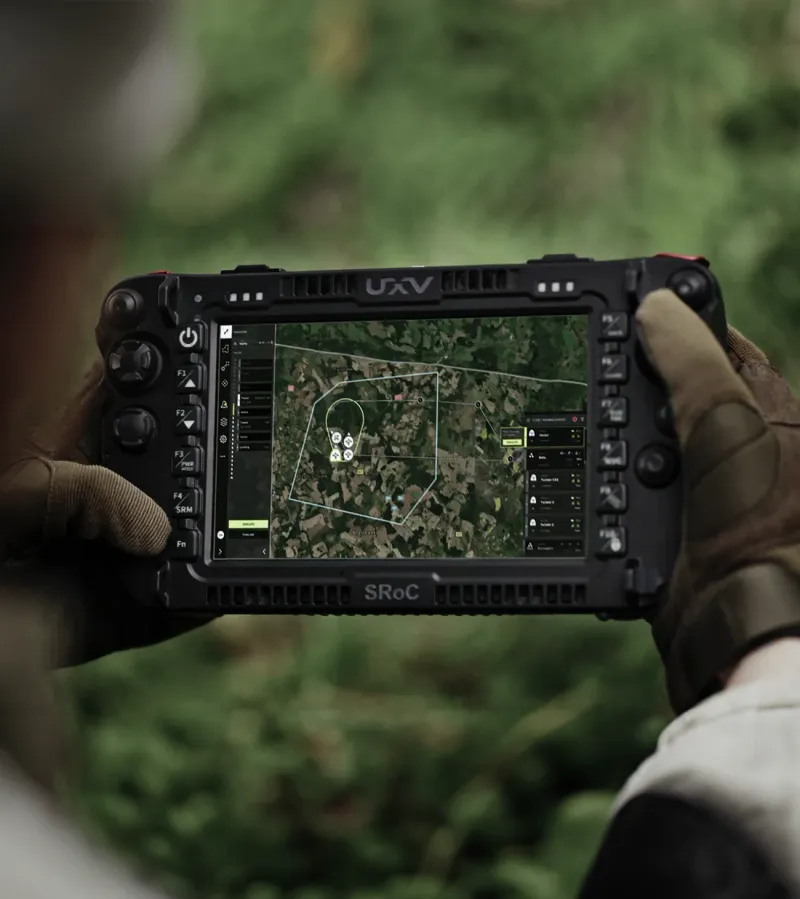Europe Enters the UCAV Arena: Helsing’s CA-1 Europa
From AI fighter agents to Bavarian defense politics, Germany’s late bid to rival Baykar and Boeing.
At the heart of Europe’s latest UCAV initiative lies a strategic wager: that superiority in AI-command architectures — not airframe performance — will define future dominance in autonomous air combat.
Munich-based Helsing has unveiled the CA-1 Europa design study, developed with Grob Aircraft, as Europe’s most ambitious foray into fully autonomous combat aviation. Marketed as a four-ton, high-subsonic UCAV powered by proprietary AI agents (Centaur, Cirra, Symphony), the system is pitched to rival Turkey’s Baykar Kızılelma and Australia’s MQ-28 Ghost Bat. The German state of Bavaria has positioned itself as the political sponsor, pushing state-level drone-defense authorities and accelerated permissions.
Germany’s defense ecosystem thus faces a dual challenge: advancing a long-range UCAV vision while still building resilience against the immediate pressures of drone saturation.
The Platform: Technical Ambition vs. Industrial Reality
Helsing describes the CA-1 Europa as a jet-powered UCAV with the following parameters:
- Weight: ≤ 4 tonnes (light combat jet class)
- Dimensions: ~11 m length, ~10 m wingspan
- Performance: high subsonic, optimized for maneuverability rather than supersonic dash
- Payload: officially undisclosed; based on its 4-tonne weight class, a payload capacity in the range of 500–1,000 kg for weapons and sensors is a reasonable analytical estimate
- Propulsion: officially undisclosed; a derivative of existing small turbofan/turbojet (Williams, Rolls-Royce, Safran class) is plausible
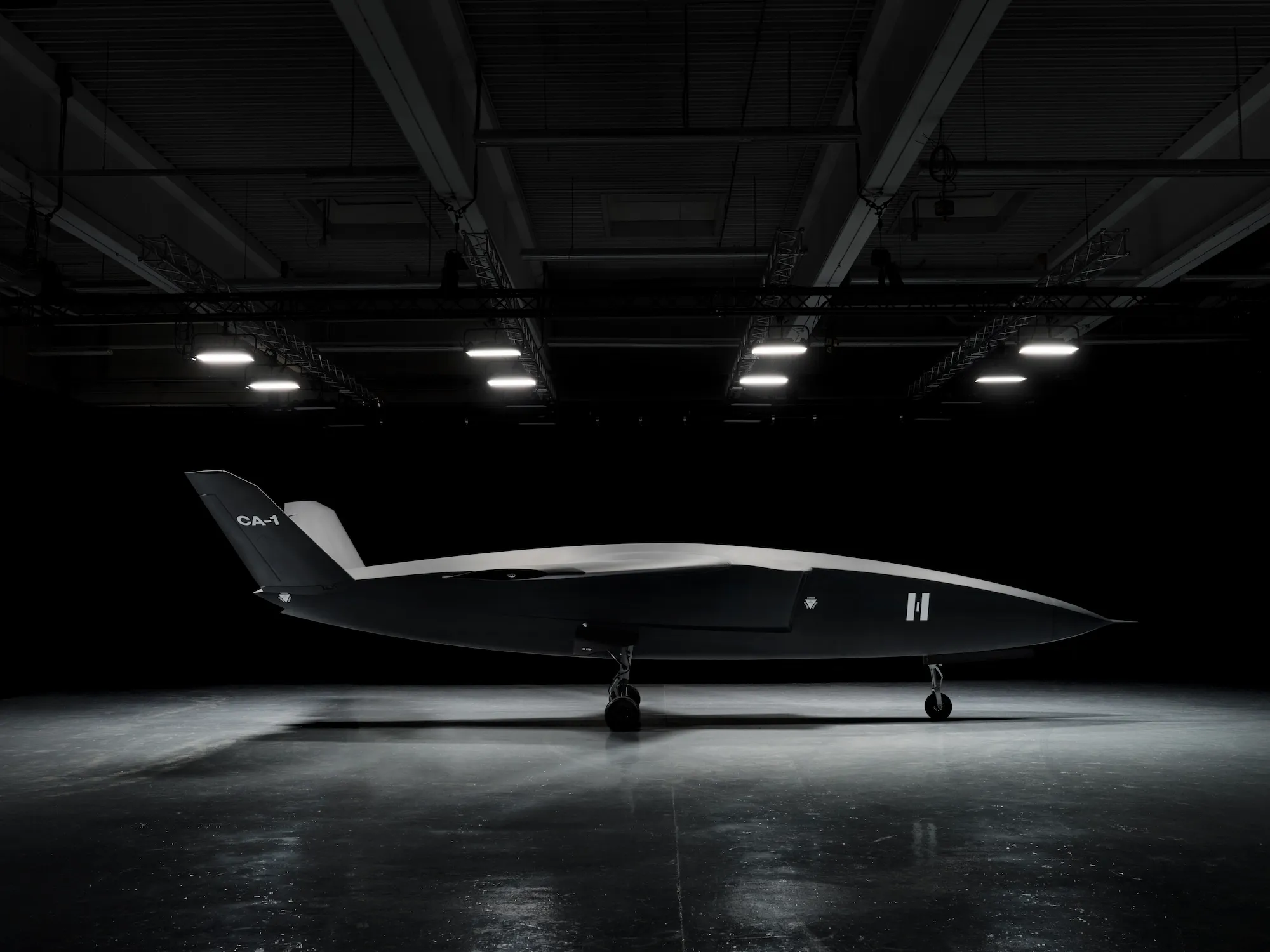
Mission design points toward attritable, autonomous strike and EW escort roles:
- Centaur: reinforcement-learning dogfight agent tested in simulated air combat (Helsing claims >human pilot performance in simulation; Reuters described outcomes of live trials as inconclusive).
- Cirra: electronic warfare suite for jamming, spoofing, and spectrum denial.
- Symphony: multi-platform coordination logic — swarm tactics, cooperative target engagement.
Industrial scaling issue: Grob’s expertise lies in light turboprops and trainers. Transitioning to a combat-capable jet airframe requires integration of supply chains (engine, avionics, weapons) that Germany does not yet produce at this scale.
Comparative Framework: Where CA-1 Fits in the UCAV Race
- Baykar Kızılelma (Turkey): 6-ton UCAV, maiden flight 2022, geared for naval carrier ops, supersonic variant in pipeline.
- MQ-28 Ghost Bat (Australia/US): modular, AI-enabled loyal wingman, operational prototypes flying with RAAF since 2021.
- Dassault Neuron (France/Europe): stealth UCAV demonstrator, flown 2012, remains experimental.
- LANCA/GCAP adjuncts (UK/Italy/Japan): ongoing adjunct UAV projects tied to sixth-gen fighter program.
Insight: Helsing’s CA-1 Europa is positioned closer to the attritable loyal-wingman tier than to heavy strike UAVs. Its innovation claim rests on AI dominance, not airframe. Globally, Europe is entering the race late — and must compress 15 years of Baykar and Boeing/Australia learning into four.
Political Framing: Bavaria as a Defense State
At the rollout, Bavarian PM Markus Söder (CSU) declared:
“The fusion of drones and AI is a decisive future competence. With this newest generation of drones, we secure technological dominance and sovereignty.”
Söder floated a “Bavarian Defense Law”, aiming to cut red tape, ease university-industry cooperation, and privilege local defense firms in licensing.
Assessment:
- Legislative feasibility: Defense lawmaking remains a federal competence; Bavaria may create industrial accelerators, but cannot rewrite German export or procurement law.
- Signal value: The move is political branding — Bavaria positioning itself as Germany’s Silicon Valley for AI-defense.
Strategic Contradictions: Future Jets vs. Present Deficits
- Defense Minister Boris Pistorius (SPD): admits Germany is behind in drone defense.
- Carlo Masala (Bundeswehr University Munich): stresses the issue is not recognition but execution tempo. Procurement still follows peacetime cadence: “taskforce, debate, buy, equip, apply.”
- Katherina Reiche (CDU): calls for Germany to become a global drone production hub.
Yet Germany's current C-UAS capabilities are not scaled for mass swarm defense, leaving a critical near-term gap. Widespread fielding of key systems like Rheinmetall's Skyranger 30 is not expected before 2027, while achieving the necessary scale and network integration for Diehl's IRIS-T SLM/SLS remains a challenge projected to extend into the late 2020s.
The paradox: While Berlin invests in a sixth-generation UCAV vision, Bundeswehr airports remain vulnerable to €2,000 quadcopters.
Outlook: Promise or Signal Project?
- Timeline skepticism: Four years to series production is implausible by European aerospace standards (reference: Eurodrone timeline drift, FCAS delays). Airworthiness certification for autonomous combat flight will be a regulatory chokepoint.
- Industrial pathway: Success hinges on integration with MTU (engines), Hensoldt (sensors), MBDA (weapons), and Airbus/Dassault ecosystems. Without consortium buy-in, CA-1 risks isolation.
- Strategic impact: If realized, CA-1 could serve as Europe’s first indigenous attritable UCAV, giving Luftwaffe a partner for Eurofighter/FCAS. If delayed, it may remain a Bavarian prestige project while NATO allies deploy mature systems.
Großwald Assessment
The CA-1 Europa embodies Europe’s dual challenge: racing to claim sovereignty in autonomous air combat while struggling to meet the immediate demands of drone defense.
- Best-case: Helsing compresses the development cycle, integrates with EU primes, and delivers a functional loyal-wingman by 2029.
- Most likely: Program drifts, serving as a political-industrial signal rather than an operational asset.
- Critical gap: Without accelerated near-term C-UAS scaling, Germany risks fighting yesterday’s drone war unprepared, even as it designs tomorrow’s jet.
Editorial Note (Großwald)
The CA-1 Europa is a signal system: proof of intent, but not yet proof of capability. Europe cannot afford to substitute design studies for force-ready adaptation.
